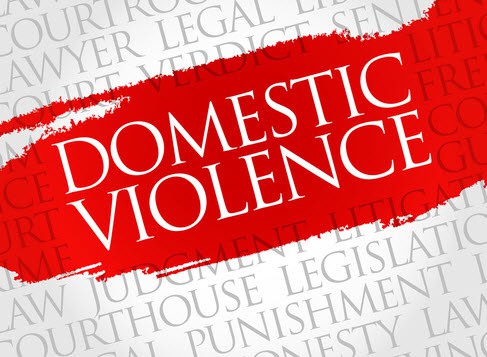Domestic violence comes in many forms: physical, financial, emotional, psychological, and sexual. Each of these categories can contain “gray areas,” behaviors that abusers and victims alike might not realize are acts of abuse. To determine if an act is one of sexual abuse, ask yourself if you consented to the act. If you did not consent to your partner’s sexual behavior, he or she behaved inappropriately.
Even if you superficially consented to a sexual act, it can still be a form of abuse if you did not truly want to engage in the sexual behavior and only did so because you were manipulated or coerced into compliance. An imbalance of power in a relationship can create an environment where sexual violence is normalized. Learn how to recognize sexual abuse in your relationship and how you can break the cycle of violence.
Recognizing the Various Types of Sexual Abuse
Sexual abuse is more than just forcible rape. It can involve physically harming a partner during sex without his or her consent, drugging a partner in order to engage in sex acts with him or her, forcing a partner to engage in prostitution, forcing a partner to watch or make pornography, and policing a partner’s choice of dress.
Be aware of the following signs that you are in a sexually abusive relationship:
- You are afraid to disagree with your partner, particularly regarding sexual matters;
- You feel pressured by your partner to comply with his or her requests;
- Your partner withholds love or affection in an attempt to manipulate your behavior; and
- When you bring up your concerns about your treatment, you are told you are overreacting or that it did not occur how you claim it occurred.
Reproductive Coercion
Reproductive coercion is also a form of sexual abuse. When the choice to conceive or give birth to a child is used to maintain control over a partner, the partner is a victim of sexual abuse.
Examples of reproductive coercion include:
- Tampering with a partner’s birth control in order to conceive a pregnancy without his or her consent;
- Lying about one’s fertility status in order to conceive a pregnancy without a partner’s consent;
- Forcing or manipulating a partner into aborting a pregnancy; and
- Engaging in unprotected sex without a partner’s consent, even if the partner did consent to sexual activity.
Work with an Experienced Winter Park Divorce Lawyer
It is not always easy to recognize sexual abuse when it occurs in the context of marriage. Many individuals are embarrassed to talk about their experience or seek help, which often leaves them suffering in abusive, unhealthy marriages for years, even decades. If you are being abused by your partner, get out. Get yourself to a safe place, then start working to an experienced divorce lawyer about filing an Order of Protection and starting the divorce process. Contact Aubrey Law today to schedule your initial consultation with an experienced Florida divorce lawyer.
Resource:
acog.org/Resources-And-Publications/Committee-Opinions/Committee-on-Health-Care-for-Underserved-Women/Reproductive-and-Sexual-Coercion

